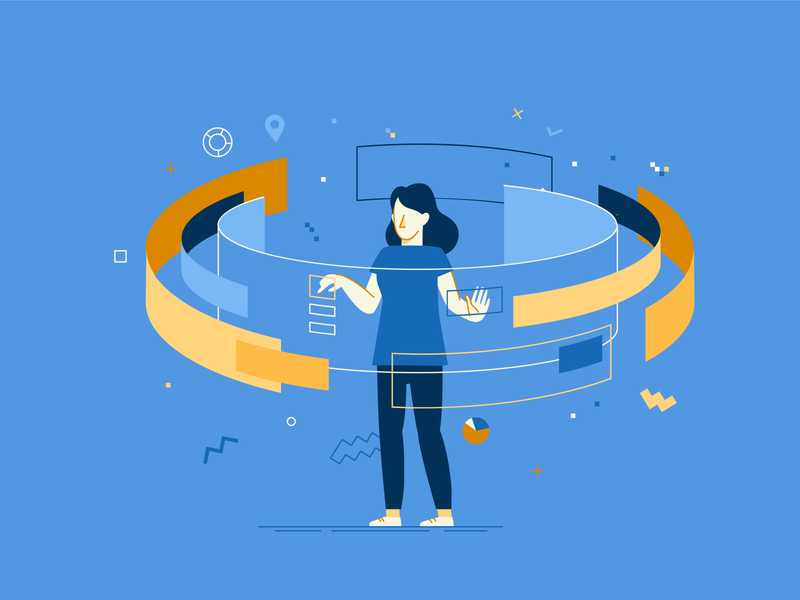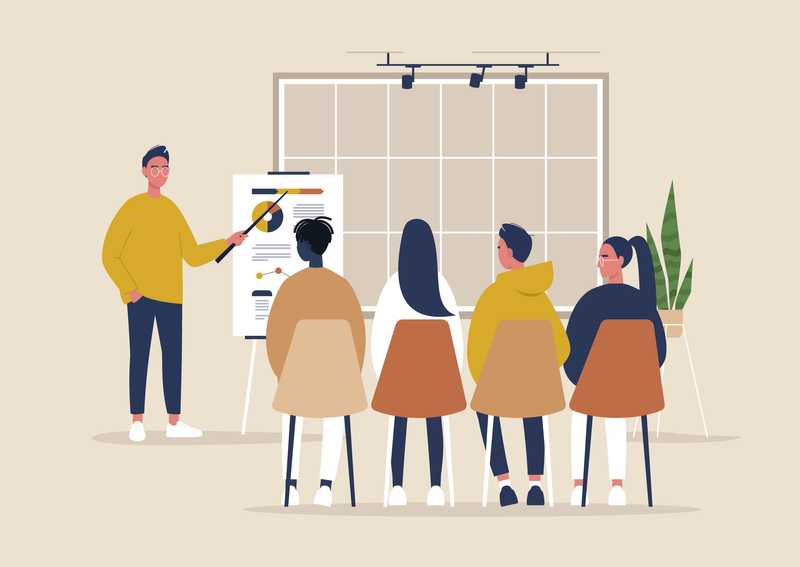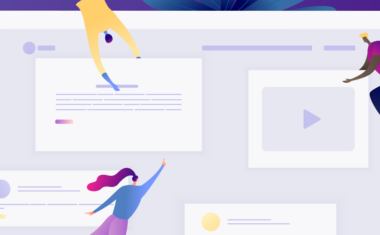Free UX Design Course
Dive into UX design with our free starter course. Transform your creative ideas into user-friendly solutions.
Are you thinking of working in web design? A quick look at job descriptions in the industry shows that there are plenty of options to choose from. This is hardly a surprise—as the world gets more connected to the internet, the demand for web designers is on the rise. UX, UI, interaction design, and visual design have all dramatically grown over the last few years, along with the average salary for web designers.
Design is an umbrella term that describes a lot of different concepts. We break it down in this guide.
There are a lot of different concepts and terminology that fall under the umbrella of web design. So let’s take a look at UX design, UI design, interaction design, and visual design, what separates them, and which one could be the right fit for you.
What Is UI Design?
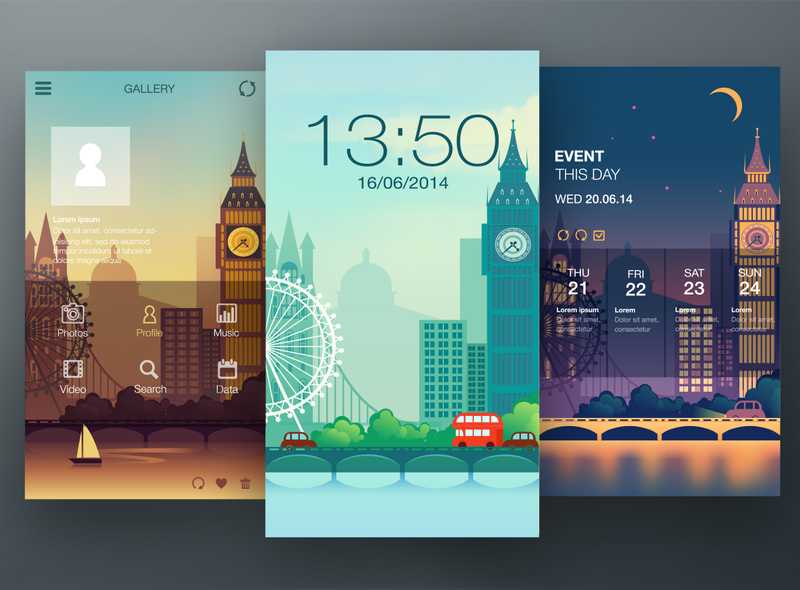
User Interface (UI) design is the process of creating the visual elements of an application. A UI designer is concerned with making sure that all the features a user sees are easy to access, understand, and use on various devices. They also have to make sure that the interface is aesthetically pleasing to end-users and that the layouts are easy to navigate.
Some interface elements include input fields, navigational elements, and communication components. UI can be divided into two categories: the interface’s look and style—aka visual design—and how the elements are organized on the interface—aka interaction design.
What Is Interaction Design?

Interaction design (IxD) refers to how a system behaves when a user engages with it. John Kolko, the author of Thoughts on Interaction Design, defines IxD as the dialogue—physical and/or emotional—between a person and a product or service.
Interaction designers ensure that a user gets the desired experience at every touchpoint. Whether through aesthetics, motion, sound, animation, or other interactions, an IxD designer’s job is to make these interactions pleasant and meaningful.
Good interaction design is easy to learn, gives users clues on what to do during the journey, and corrects errors early. The designer often has to do some user research to identify the users’ goals and to create wireframes and interactive prototypes for the product or service.
Related Read: What Is a Wireframe?
There’s a lot of overlap between interaction design and other design fields like UI and user experience (UX) design and usability, all of which contribute to good interaction design.
What Is Visual Design?
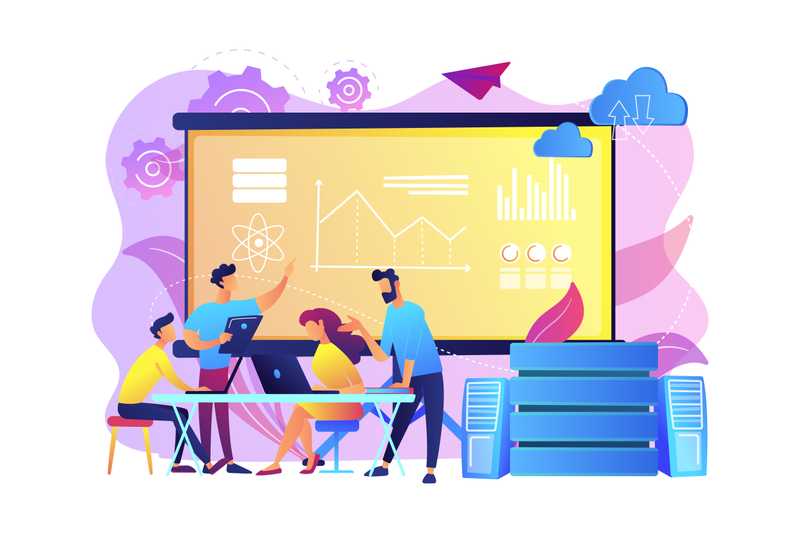
Visual design centers on how a product looks. Colors, fonts, images, illustrations, icons, and other graphics are some of the building blocks of visual design. Good visual design enhances a user’s experience, keeping its users engaged while they navigate and use the product. It also builds a positive and consistent brand image and communicates the right information to its users.
Usability.gov outlines the basic visual design elements as including lines, shapes, white space, texture, color palettes, typography, and forms. A visual designer creates the visual language of a brand and is often responsible for how the brand looks across all touchpoints.
What Is UX Design?
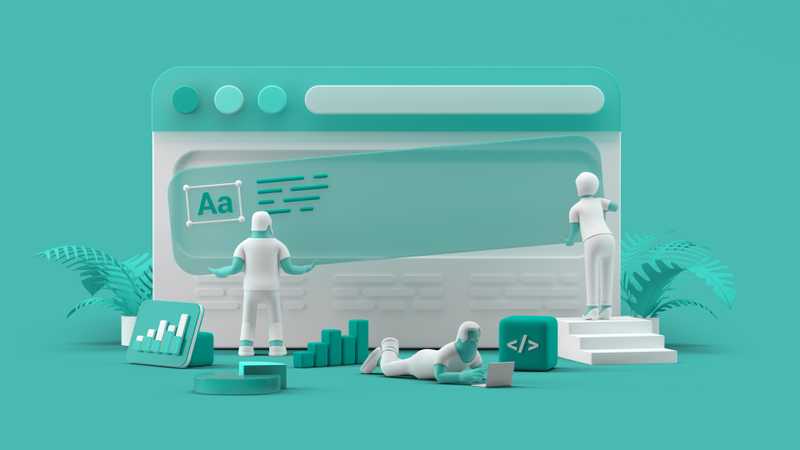
The term “user experience design” was first coined by Don Norman in the 1990s and has greatly evolved since then. UX design focuses on a user’s interaction with a product. A UX designer’s job is to make sure the interface is well organized and functions accordingly. The UX design process is very broad, incorporating usability, UI design, interaction design, visual design, information architecture, and many more under its umbrella.
UX designers are customer-oriented. They have to do plenty of user research to build products specifically for the target users’ needs. They also have to perform a good deal of user surveys to determine whether these needs have been adequately met.
Good UX design is not only accessible and usable but also efficient and enjoyable to the user. It caters to a customer’s needs whenever they are needed; hence UX design runs across the user’s entire journey with the product.
UI Design vs. UX Design vs. Interaction Design vs. Visual Design: Key Differences
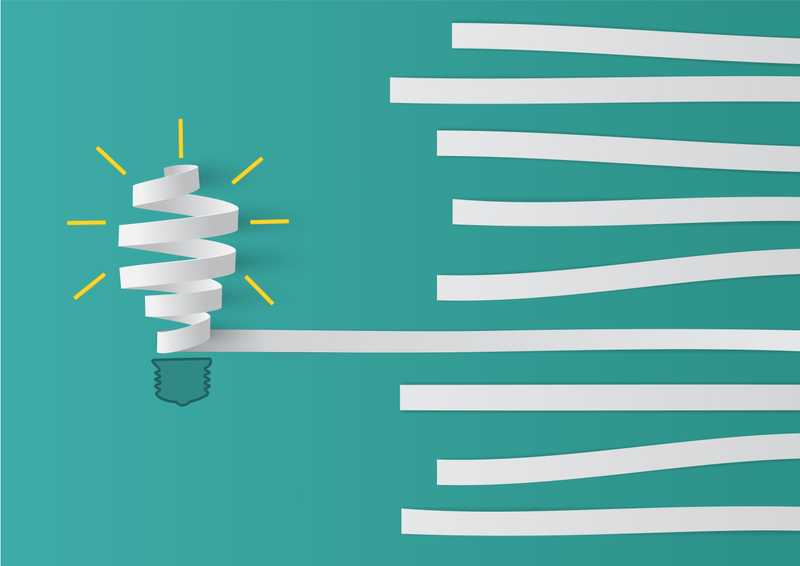
UI design, visual design, and interaction design are all subsets of UX design. Both a UI designer and a visual designer deal with how a product looks, and an interaction designer deals with how a user engages with a product. All of these are part of user experience design—UX accounts for all interaction points between the user and a system or product. Unlike UI, IxD, and visual design, which only deal with an interface, UX design includes interfaces as well as products and services.
Interaction design deals with interactions at a specific moment, while UX design focuses on all user interactions with the product or system. For example, an interaction designer might be concerned with what happens when the user clicks on a button, scrolls, or selects a menu item. In contrast, a UX designer may be concerned with the interactions between the user and the overall product or system.
Interaction design is concerned with how a system and a user interact, while visual design focuses on how a system looks. Most visual designers do little work in determining how a product works. Instead, their primary aim is to make sure the system looks appealing, leaving the job of ensuring everything works from a user’s perspective to the interaction designer.
Related Read: UX vs. UI: The Difference Between UX and UI Design(ers)
Get To Know Other Design Students
Bre Walker
UX Designer at KeyBank
Amber Hicks
UX Designer at Norfolk Southern
Sharon Yeun Kim
UX Design Intern at Colgate-Palmolive
Which Design Field Is the Right Choice?
Visual designers need to have mastered the basics of graphic design, branding, and visual communication. This is because they have to translate a brand’s style and voice into a beautiful design. Interface designers also have to be well versed in branding and graphic design as well as prototyping and interactive design. UX designers need to know how to do UX research, prototyping, and wireframing.
However, there are no limits to what you can do in the web design field. As long as you’ve got an interest in design and the capacity to learn the required skills, you can be any type of designer you want. As all web design fields are closely related, you may also easily find yourself working in a combination of design roles—for example, a UI/UX designer. You can even become a full-stack designer and tackle everything from UI to front-end development.
Web designers are currently in demand, meaning that open positions are available everywhere, and salaries are also growing. This means your interest in web design is definitely not misplaced. Just find the design field that interests you the most and you’ll be on your way to a successful career.
Since you’re here…
If you’re looking to move into design, having strong UX and UI skills is a major edge. Our UI/UX Design Bootcamp has earned graduates jobs with the most competitive organizations on earth, and 99.5% of our students are fully employed within 12 months of graduation. Check out our student reviews for good feels, and If you’re totally new to the field, try our free intro course.
